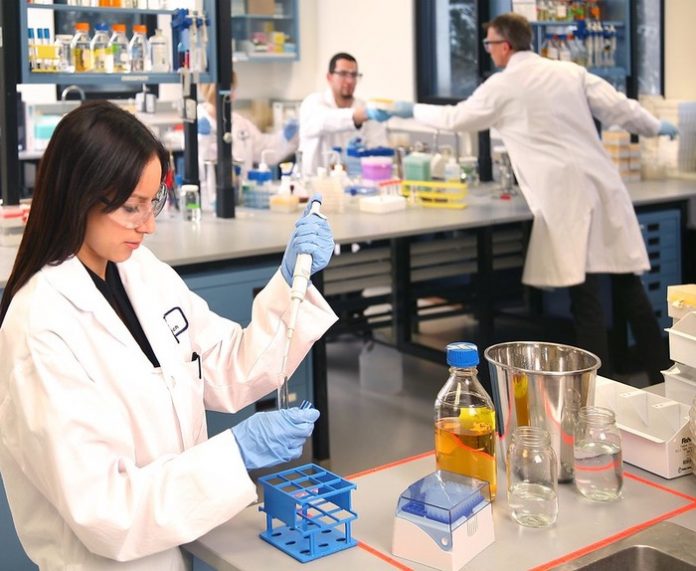Australian researchers have discovered a new neurodevelopmental disorder after uncovering its link to a tumor suppressor gene.
The international research collaboration, led by the Murdoch Children’s Research Institute (MCRI) and published in the American Journal of Human Genetics, has linked a recognised tumor suppressor gene to a new neurodevelopmental syndrome, ending the diagnostic journey for 32 families around the world.
The study found variations in the FBXW7 gene were associated with the newly identified condition, which causes mild to severe developmental delay, intellectual disability, hypotonia and gastrointestinal issues.
Murdoch Children’s researcher Dr Sarah Stephenson said because the FBXW7 gene regulated the life-cycle of cells, cell growth and survival, the research team speculated that abnormal cell proliferation during brain development may underpin the broad spectrum of brain abnormalities identified in this new disorder.
“FBXW7 now joins a steeply increasing number of intellectual disability/autism spectrum disorder genes that have been implicated in disorders that affect nervous system development, leading to atypical brain function, affecting emotion, learning ability, self-control and memory,” she said.
The study used cutting-edge diagnostic tools, genomic sequencing and global data sharing platforms to identify 35 people, aged 2-44 years, from 32 families in seven countries harbouring the FBXW7 gene, which had variants that were associated with the never-before described neurodevelopmental syndrome.
Almost all affected people had developmental delay and intellectual disability, ranging from borderline to severe, 62 per cent had decreased muscle tone, 46 per cent noted feeding difficulties and constipation and 23 per cent had seizures. Brain imaging also detailed variable underlying structural differences affecting the cerebellum, nerve fibres and white matter.
The team then reduced the gene’s levels in a fly model, which affected the flies’ ability to jump in response to a stimulus. This supported the observation that the 28 variants in FBXW7 were the cause of the condition. It also further cemented the fundamental role of the gene in development broadly, and the brain, specifically.
Murdoch Children’s Professor Tiong Tan, also a clinical geneticist at Victorian Clinical Genetics Services (VCGS), said the findings highlighted the power of undiagnosed diseases programs that use new genomic sequencing technologies and international data sharing and collaboration to bring diagnoses to children and families who have been seeking answers, often for many years.
Drawing on the research and clinical expertise at MCRI and VCGS, Rare Diseases Now (RDNow) has established a pathway for children who remain undiagnosed after a genomic test such as exome sequencing.
“The clinical features are so variable with this neurodevelopmental disorder that in some cases it would have been difficult to diagnose without the genomic tools and associated expertise,” Professor Tan said.
“The diagnosis has given closure and certainty to families, will personalise clinical care of each affected individual and has revealed the genetic and reproductive risks. It’s a dominant condition so an affected person will have a 50-50 chance of passing it on to each of their children. This diagnosis will empower those impacted to make decisions about their reproductive options.”
Professor Tan said the next step was to test these results in human stem cells, which would be engineered into brain cells for analysis in the lab, and develop a better understanding of how the brain was affected in this condition.















